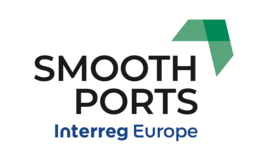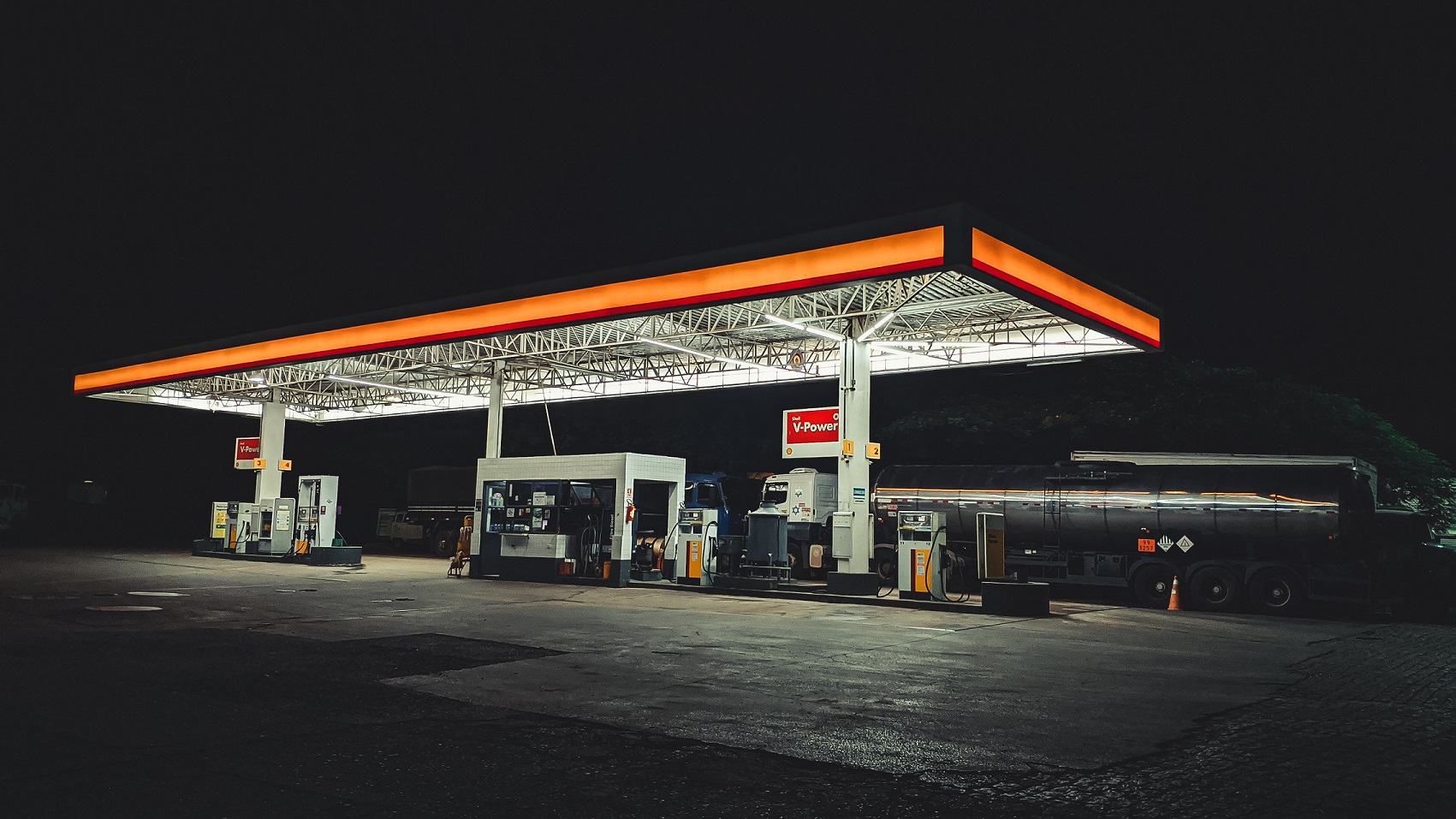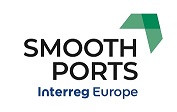Port-Stakeholders in Hamburg favour alternative drives
A survey, part of the Interreg Europe funded project SMOOTH PORTS activities, among participants shows which measures to reduce CO2 in the Port of Hamburg are also promising from a busines point of view.
Companies and associations from the Port of Hamburg consider the development and continued co-funding of alternative drives for heavy trucks as most promising to further reduce the carbon dioxide emissions in the road traffic. This is one of the results from a survey among the participants as part of the Interreg Europe co-funded project SMOOTH PORTS. Measures for process consolidation (Border One-Stop-Shop, BOSS), an emission reduction strategy and sustainable driving followed in the other places. Specific measures include the improvement of a slot booking system, a platform for switching import- and export containers to avoid empty truck journeys, and options for optimized traffic.
The survey participants rated the individual measures on a scale from 1 unsuitable to 10 very suitable. Stakeholders also stated that currently, they would primarily support process consolidation, alternative technologies, and fuels as second in line and other measures like sustainable driving on third highest priority. The slot booking system measure scored an average 6.6 and a digital intelligent empty container management a 7.0.
The survey illustrates how important it is to involve the stakeholders to identify which measures are sensible and feasible to reduce CO2 from a business perspective. The stakeholders agreed that there are several levers that can be used to reduce emissions.
In a study commissioned by the Lead Partner of the Smooth Ports project and presented in November 2020, Hamburg Transport Consultancy identified several measures to reduce CO2 emissions in the Port of Hamburg. Concurrently, the survey participants rated the measures already implemented, such as DIVA, container taxi and smart area parking. With an average score of 5.4, the participants agreed that these measures contribute to CO2 reductions too, but also stated that further measures must follow.
Photo credit: Andreas Vallbracht, Mediaserver Hamburg Marketing











